At the weekend, the UK’s first Labour prime minister for 14 years arrived in Scotland to meet First Minister John Swinney.
As you would expect, Sir Keir Starmer also took the opportunity to meet with Scottish Labour leader Anas Sarwar.
A beaming Mr Sarwar watched on as the PM promised his new government would “deliver for Scotland”.
‘I was insistent’
The scene reminded me of a spirited conversation I had with him a few years ago in Glasgow.
Mr Sarwar asked me what Scottish Labour needed to do to win here again.
He wasn’t actually seeking advice, of course; he has well-paid strategists and advisors for that sort of thing.
Politicians asking you for your thoughts on their approach is the hairdresser equivalent of asking if you’re going anywhere nice on your holidays.
But my answer was that until Scottish Labour drop their militant opposition to a second independence referendum, they will struggle to gain ground.
This, I reasoned, was because while they were fighting with two other unionist parties for the support of No voters, the SNP – as the main party of independence – were the natural home for the nearly 50 per cent of the population who would vote Yes if given the chance.
This was during a time when our politics, so consumed by the constitutional question, artificially inflated the SNP’s support come election time.
We went back and forth on it. I was insistent. Anas was sanguine.
And, as we saw from the bombshell election result last Thursday, he had every right to be.
Prospect of IndyRef 2
There is something quite invigorating about being proved wrong. It keeps you on your toes and reminds you events sometimes have a way of proving even the most strongly held opinions out of date and out of touch.
For me, as a supporter of Scottish independence, the prospect of a second independence referendum doesn’t feel much further out of reach now under a Labour prime minister and boosted Scottish Labour contingent at Westminster than it did before the SNP got a thumping at the general election.
That may go some way to explaining what went wrong for the SNP at this election.
Last week I watched as my native Fife switched from yellow to Labour red and Lib Dem orange as the SNP failed to return a single MP to the area for the first time since 2015.
In 2015, when the SNP replaced Scottish Labour as the biggest Scottish party at Westminster, they were warned against the complacency and arrogance that had played its part in the downfall of their old foes.
The same warnings come back around now, only this time they are passed from yellow to red.
This election was a lesson in the wonderfully fickle nature of Scottish voters – and how hearts and minds can be lost as quickly and decisively as they are won.
‘Displeasure and disappointment’
Some people will have voted for Labour at this election for the first time in many years, with some doing so solely because they wanted to boot the Tories out of government.
Others wanted to register their displeasure and disappointment at the SNP.
Some liked their local Labour candidate while others wanted to see Sir Keir in No10.
The reasons why Scottish Labour won seats at this election are as varied and wide-ranging as all the reasons the SNP lost so many.
One thing we do know for sure is that Scottish politics is going to be far from dull in the years ahead.
The unofficial campaign for the 2026 Holyrood election has already begun.
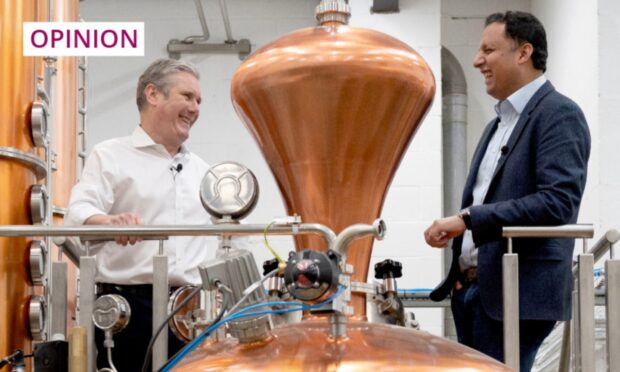


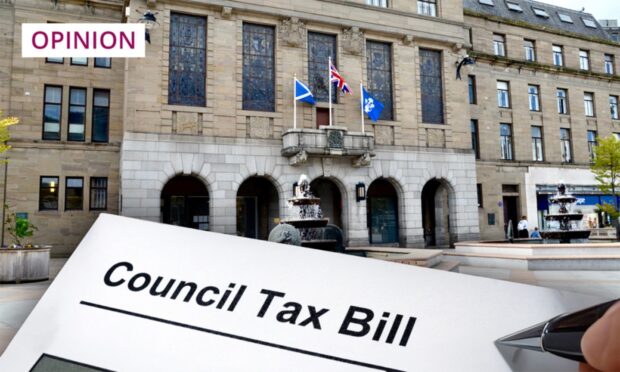
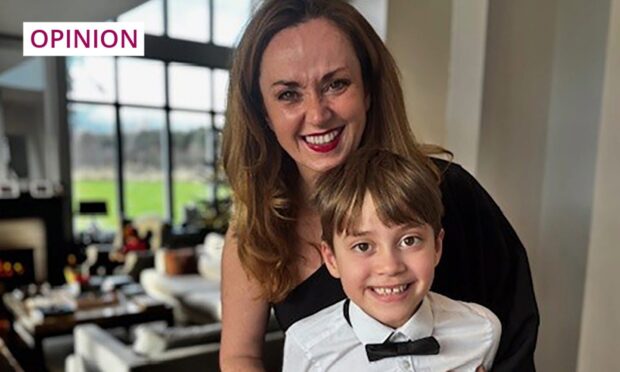

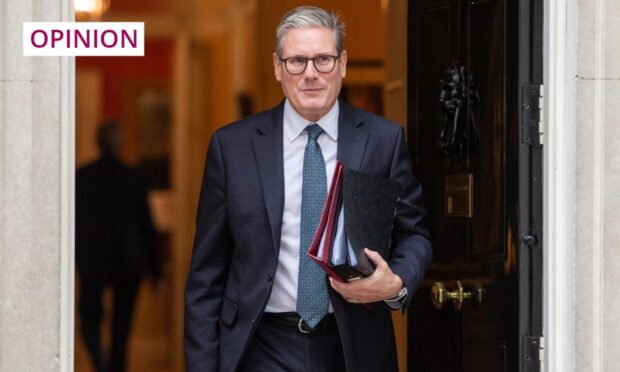
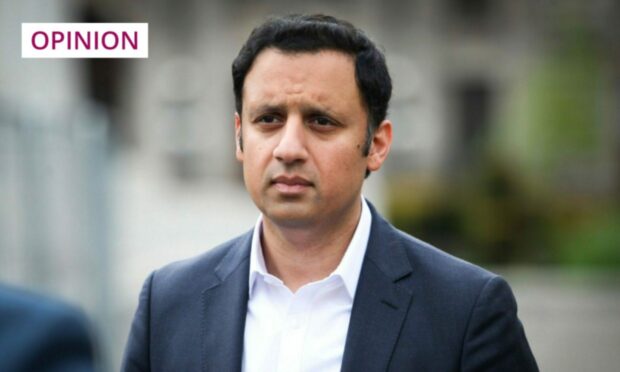

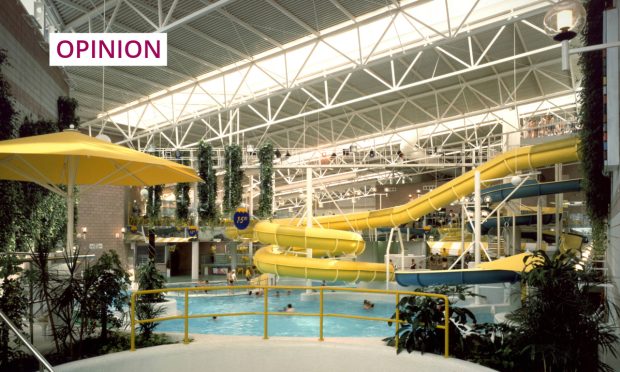
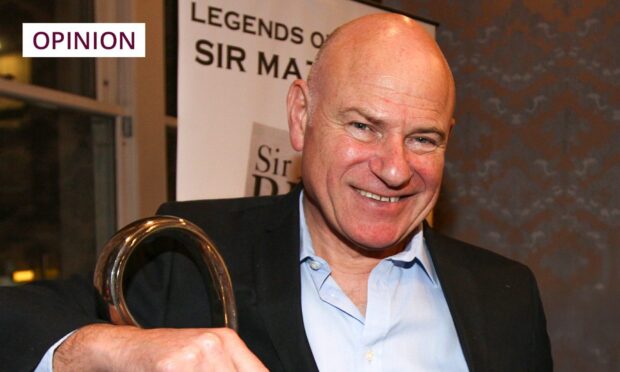
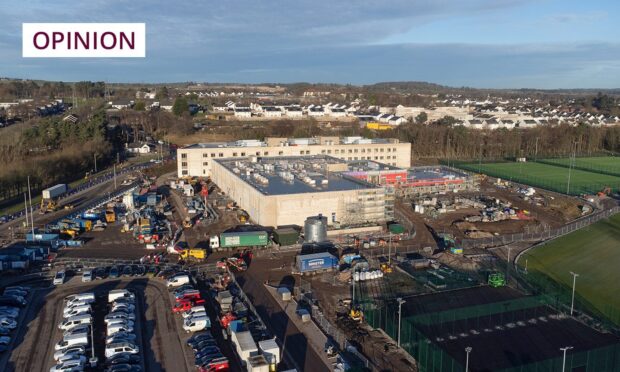
Conversation